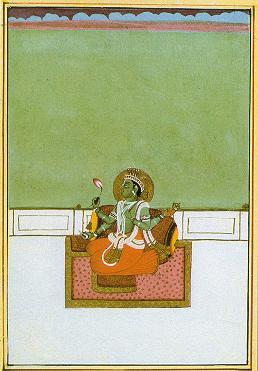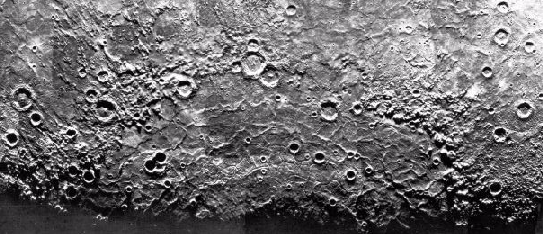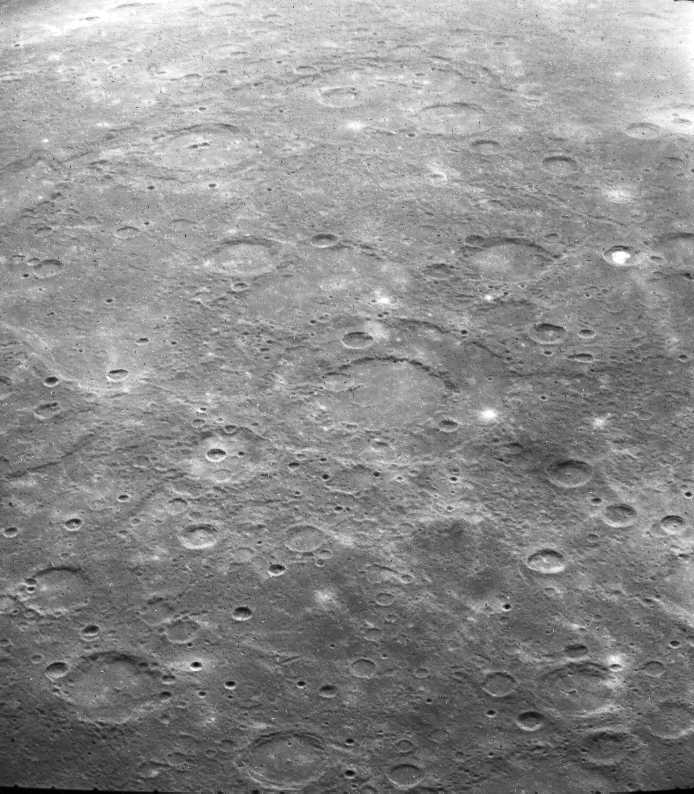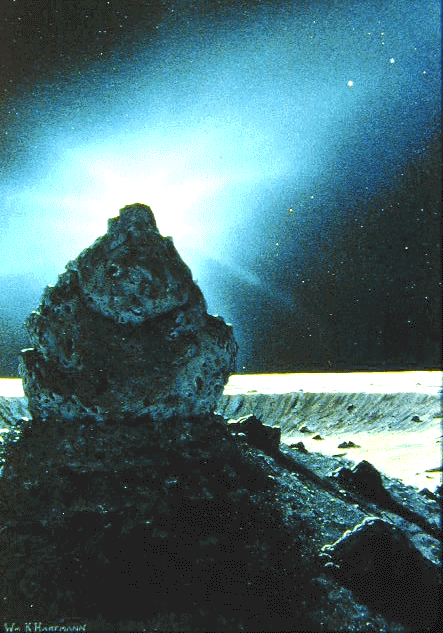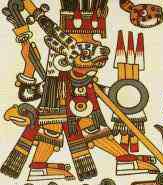| Mercury Key point: Influence of position near Sun on evolution compared with that of the moon
(to right, courtesy NASA; above, Buddha, the
planet Mercury, the son of Chandra (the Moon) and Tara (the
North Star). from The Black Peacock, http://www.goloka.com/index.html)
|
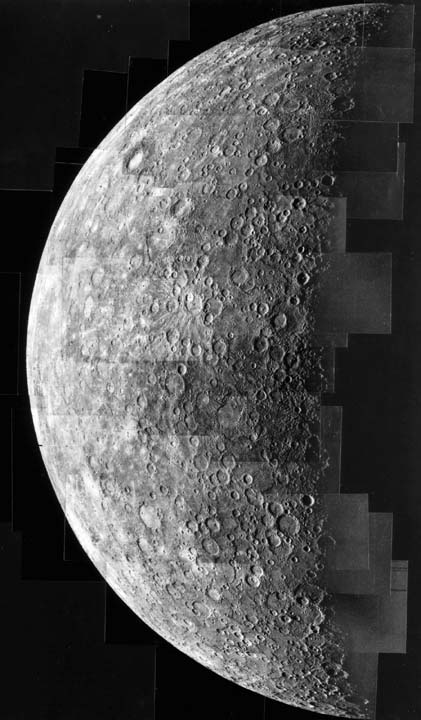 |
